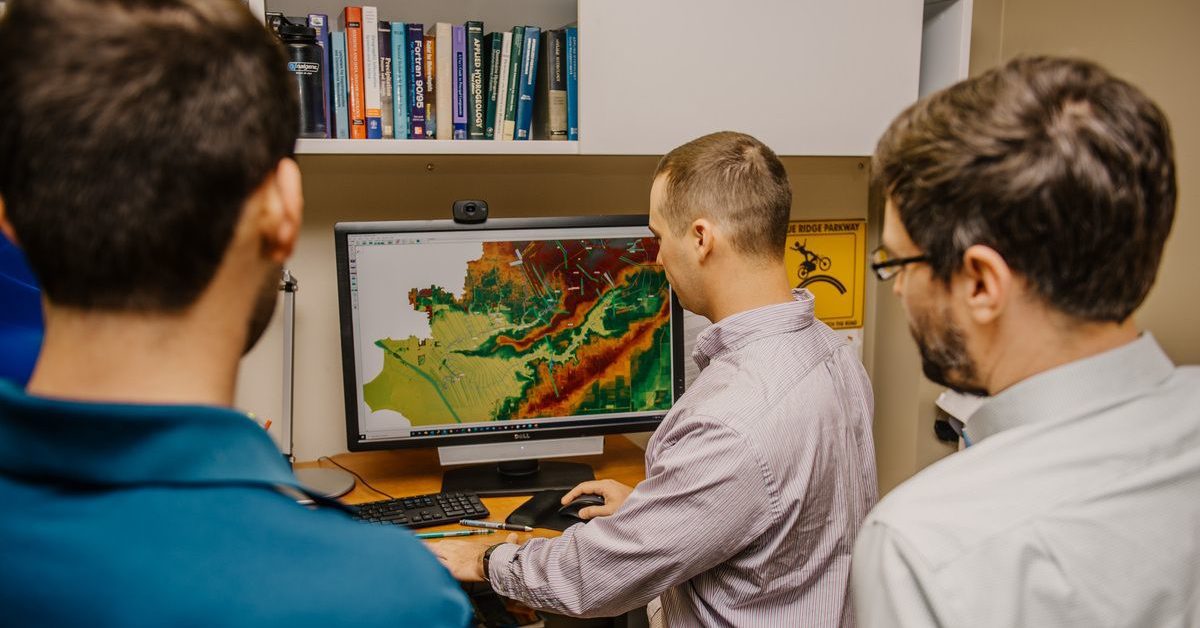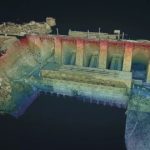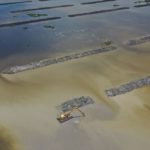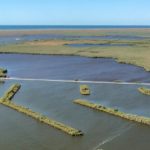Civil engineering is one of the broadest industries and careers out there. It covers the research, design, construction, and maintenance of buildings and infrastructure, both natural and man-made.
The buildings and infrastructure civil engineers construct are mostly designed for public use and benefit people around the world. These buildings include homes, sports stadiums, transportation structures like railways or airports, bridges, dams, and irrigation projects.
What Do Civil Engineers Do?
Civil engineers work both behind the scenes and on-site by researching, designing, and planning projects to build functional and environmentally friendly structures. They frequently handle project management duties and make sure that the planning, researching, analyzing, designing, and budgeting processes are being followed correctly.
Civil engineers are involved in pretty much every stage of the construction process, from pitch to completion. Their main goal is to make sure that each project is meeting its financial, safety, and environmental requirements.
When they work on-site they carry out risk assessments and surveys and collect data that will help with any construction plans or adjustments. When they’re in their offices, they’re making plans and designing the financial, environmental, and basic constructional aspects of the project.
Civil Engineering Subdisciplines
There are a lot of subdisciplines in civil engineering. It’s a broad branch of engineering and can have a hand in everything from general construction and management engineering to more unique subdisciplines like transport and water engineering.
We’ve created a list of a few more of the more popular engineering subdisciplines and explained them in a little more detail below. Who knows? You may learn about a new type of engineering you’ve never heard of.
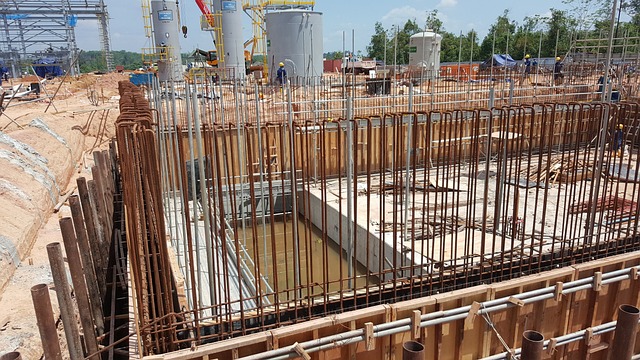
via Pixabay
Coastal Engineering
Coastal engineering, as you might’ve guessed by its name, is the branch of civil engineering that deals with the construction of structures around large bodies of water—mainly oceans. Coastal engineers need to be experts in the fields of oceanography, marine biology, and the physical principles of water.
The objectives of coastal engineers are to promote flood protection, coastal restoration, erosion management, and the improvement of travel in and out of coastal channels. Creating structures to help with pollution control and the general protection of marine life is also a big part of being a coastal engineer.
Erosion can pose a threat to any living thing in and around coastal areas. An estimated 60% of the global population lives within proximity to a shoreline, which means more than half of the world’s population could be negatively affected if coastal erosion wasn’t managed by coastal engineers.
Coastal engineers build defenses to protect coastal populations from the impacts of harsh weather. Flood protection structures they build help to reduce the chances of residential areas around our coastlines being overwhelmed by the consequences of storms.
Coastal engineers develop and oversee dredging projects, which clean out large chunks of sediment and debris and makes sure that ships that are traveling in and out of coastal areas have a safe path to travel. This protects the ships and ensures the safety of those working on them and safeguards the surrounding coastlines from the impacts of constant ship movement.
Earthquake Engineering
Earthquake engineering uses some key principles in structural engineering, structural dynamics, materials engineering, geotechnical engineering, seismology, tectonic geography, risk analysis, and probability to build structures in areas that are especially susceptible to earthquake activity.
The Ring of Fire is home to a large number of active volcanoes, which means there is frequent earthquake activity. The Ring of Fire is positioned on the ridge where several tectonic plates meet. When these plates move, it disrupts the land above and can cause earthquakes and tsunamis.
Earthquake engineers are hired to prevent damage created by earthquakes in the first place and to conduct post-earthquake investigations to figure out how to prevent more of the same damage in the future. The more they can target, learn about, and fix the culprits that led to structural damage, the better they can create safer structures in the future.
Earthquake engineers conduct risk assessments in earthquake-prone areas and use data collected from previous earthquakes to design new structures that can better withstand earthquake tremors without completely collapsing.
Environmental Engineering
The goal of environmental engineering is to protect human and animal populations from the effects of environmental decay. Environmental engineers improve recycling processes, develop more efficient waste disposal systems, and take measures to control pollution levels in the air and water, especially for public consumption.
Environmental engineering applies the fields of chemistry and biology and the principles of engineering to design and develop solutions to environmental issues. Environmental engineers will use their knowledge of chemistry, for example, when they’re trying to create solutions for soil contamination.
Environmental engineers also track pollutants to their sources and find solutions to stop the pollutants and prevent unnecessary destruction of wildlife and harm to humans.
Forensic Engineering
Forensic engineering applies a variety of scientific, physical, and engineering principles to decode the reasons behind the failures of machines, structures, or any other engineering tools of the trade.
A lot of forensic engineers have an investigative nature, and collecting data and information about older infrastructures or machines to design more efficient and stable structures in the future can be the most exciting part of the job for them.
There are a lot of subdivisions of forensic engineering as well, and we’ve listed a few of them here:
- Biomechanics
- Construction defects
- Mechanical failure analysis
- Materials analysis
- Structural failures
- Accident reconstruction
- Civil failures
- Electrical failure analysis
- Energy and renewable system failures
You can become an expert in any of these areas and conduct special investigations to lend your expert advice to other civil engineers for the research, design, and preparation stages of any construction project.
Geotechnical Engineering
Geotechnical engineering focuses on the construction of structures built in areas with naturally high amounts of rock and soil. Their projects can include roads, tunnels, bridges, and slopes that are built in and around geological elements.
The biggest objective of a geotechnical engineer is ensuring that these structures—including the process of building them—will be safe to the public and won’t pose an environmental threat to their surroundings. They also analyze and decide whether or not structures can be built without causing damage to the environment in the future.
Geotechnical engineers often collect data, complete land surveys, and take rock and soil samples to identify what rock and soil types are in a given area.
The samples they obtain are then studied during the design and planning stages of a construction project so that the correct materials and construction techniques are used to make sure that there is a minimal amount of environmental damage and risk.
Materials Science and Engineering
Materials science involves researching and choosing the best materials for particular structures and projects. Similar to other types of civil engineers, materials engineers look at the shape, function, and use of the structure they’re studying so they can decide which materials would be the best to use.
When choosing materials, a variety of factors have to be considered, like:
- Strength and longevity after general wear and tear
- Efficiency
- Resistance to harsh weather
- Sustainability of the materials’ sources
Site Development and Planning
Site development and planning is the process in which potential sites are drawn, surveyed, and prepared for construction. Large-scale drawings and maps are used to visually plan out the proposed development and the area in which these structures are to be built.
This step is often carried out by architects. For example, if they’re planning to build a large sports stadium, the site development plan will make it easy to see the types of terrain on the site, how the size of the structure will fit, and how electrical and plumbing structures will be incorporated.
Surveying
Surveying is the process of collecting any relevant data that could help in the design and planning stages, to figure out exactly how the project will work and how the structure will fit into its natural surroundings.
Site surveying involves identifying existing features as well as markers and reference points on-site that point out exactly where the structure will be so it’s easier to see how large it will be in comparison to the surrounding area. This helps construction workers begin building without issues.
In the construction field, you can find specialized surveyors that will map out and collect data about different aspects that should be factored into the construction process.
These types of surveyors usually include the following:
- Land surveyors
- Planning and development surveyors
- Environmental surveyors
- Chartered surveyors
- Valuation surveyors
- Building surveyors
- Residential surveyors
- Commercial surveyors
- Rural practice surveyors
Each of these types of surveyors is an expert in their specialty and will be used depending on the expected function of the structure and the area in which the structure will be built. Information gathered from all of these areas will be collected and put together to provide a strong plan that can be used for the design, planning, and construction processes of the project.
Surveying and mapping are core parts of a civil engineer’s job. Using state-of-the-art technologies like LiDAR devices and drones, civil engineers can create detailed and helpful maps illustrating the landscape they’re planning to build on.
LiDAR technology and drones can give details of the landscape’s shape, the natural materials found in the area, and even any wildlife the land may be supporting. This way, engineers can have access to important information to consider during the planning and designing stages of construction. These details can make sure they take the right environmental precautions.
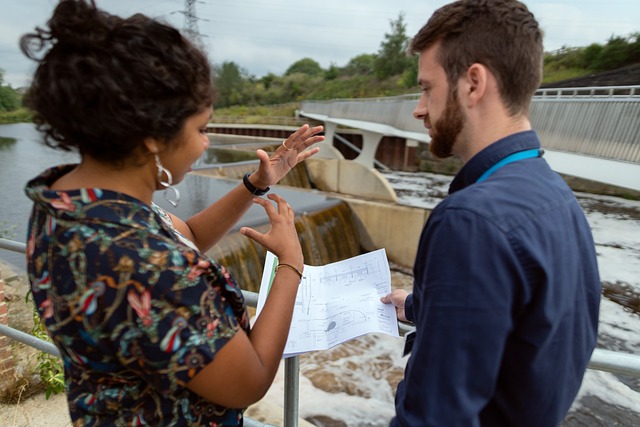
via Pixabay
Transportation Engineering
Transportation engineering has to do with the development and manufacturing of structures that make up our transport systems.
Whether it’s constructing railways, roads, or structures that will be used in airports, transport engineers have a good working knowledge of the ways these structures are used in comparison to other types of buildings and infrastructures.
Having cars, trains, or airplanes use these structures every day will have a much different kind of wear and tear than other structures that only have to withstand bad weather.
Maintenance has to be frequent, and these systems have to be closely monitored for the slightest sign of damage. A small amount of damage that isn’t caught and dealt with early can quickly lead to accidents or more expensive repairs down the road.
Municipal or Urban Engineering
Municipal or urban engineering is the design and building of smaller structures in towns or cities. The construction and maintenance of large structures and buildings fall to structural engineers and municipal or urban engineers deal with sewer systems, parks, waterworks, and pavement.
Strong knowledge of plumbing and pipelines as well as the basic principles of construction engineering are needed to be a successful municipal or urban engineer.
Water Resources Engineering
Hydraulic or water resources engineering has to do with the planning and design of a variety of systems or equipment to help manage our natural and manmade water resources.
Water resources engineers design, construct, and preserve pipelines, sewage systems, dams, waterways, and irrigation systems. Similar to coastal engineers, they help prevent erosion and flooding but also build structures that protect lakes, rivers, and oceans.
Environmental influences and impacts are top priorities for water resources engineers. When they’re designing, constructing, or conducting maintenance on water-related structures, the preservation or improvement of the surrounding environment will be extremely important.
Civil Engineering Systems
Civil engineering systems are used for the development and preservation of land and resources for the general public. Structures are designed, constructed, and maintained by civil engineers to preserve the environment and make sure future generations can have access to the resources they’ll need.
Final Thoughts
The subdisciplines of civil engineering often work together. Lots of water resources engineers work hand in hand with coastal engineers, environmental engineers, and geotechnical engineers to make sure that the systems and structures that they build are safe, functioning at maximum capacity, and have the smallest negative environmental impact possible.
Civil engineering is a wide-ranging and versatile branch of engineering. It affects most of the infrastructure we use daily without even thinking about it.
Take a look at Fenstermaker’s engineering service page for more information.
